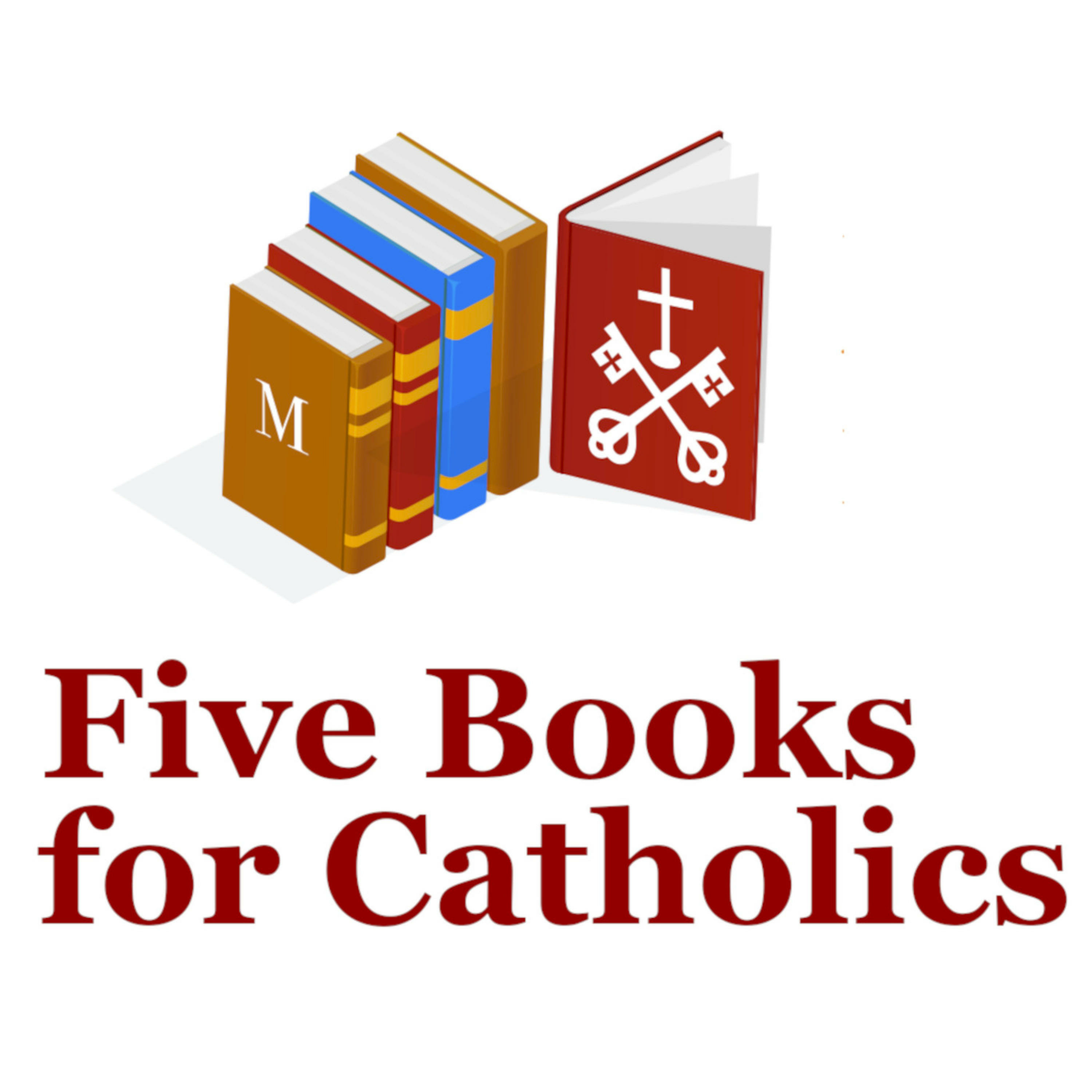- After-Shows
- Alternative
- Animals
- Animation
- Arts
- Astronomy
- Automotive
- Aviation
- Baseball
- Basketball
- Beauty
- Books
- Buddhism
- Business
- Careers
- Chemistry
- Christianity
- Climate
- Comedy
- Commentary
- Courses
- Crafts
- Cricket
- Cryptocurrency
- Culture
- Daily
- Design
- Documentary
- Drama
- Earth
- Education
- Entertainment
- Entrepreneurship
- Family
- Fantasy
- Fashion
- Fiction
- Film
- Fitness
- Food
- Football
- Games
- Garden
- Golf
- Government
- Health
- Hinduism
- History
- Hobbies
- Hockey
- Home
- How-To
- Improv
- Interviews
- Investing
- Islam
- Journals
- Judaism
- Kids
- Language
- Learning
- Leisure
- Life
- Management
- Manga
- Marketing
- Mathematics
- Medicine
- Mental
- Music
- Natural
- Nature
- News
- Non-Profit
- Nutrition
- Parenting
- Performing
- Personal
- Pets
- Philosophy
- Physics
- Places
- Politics
- Relationships
- Religion
- Reviews
- Role-Playing
- Rugby
- Running
- Science
- Self-Improvement
- Sexuality
- Soccer
- Social
- Society
- Spirituality
- Sports
- Stand-Up
- Stories
- Swimming
- TV
- Tabletop
- Technology
- Tennis
- Travel
- True Crime
- Episode-Games
- Visual
- Volleyball
- Weather
- Wilderness
- Wrestling
- Other
Episode 21: Gregory the Great - Interview with Dr. Thomas Humphries, Part Two
The books recommended in this episode are:Gregory the Great: His Place in History and Thought by F. Holmes DuddenGregory the Great: Perfection in Imperfection by Carole StrawGregory the Great and His World by R.A. Markus<br/>Five Books for Catholics may receive a commission from qualifying purchases made using the affiliate links to the books listed.St. Gregory the Great (c. 540-604) was Bishop of Rome from 590-604. The son of St. Silvia and Gordianus, a Roman patrician, he was appointed urban prefect of Rome in 573 and entered monastic life the following year. Upon his father’s death, he converted the family’s Roman villa on the Caelian Hill into the Monastery of St. Andrew, where today there is still a monastery and the Church of St. Gregory on the Caelian Hill. At that same monastery he set the precedent for the Gregorian series of Masses: the practice of having thirty Masses offered for a deceased person. In 579, Pope Pelagius II made him a deacon and sent him as papal ambassador to the imperial court in Constantinople. In 590, a few years after his return to Rome, Gregory was elected Pope. One of his most important actions as Bishop of Rome was to appoint the prior of the Monastery of St. Andrew, Augustine of Canterbury, as the head of a mission to convert the English. Through his writings, he exerted an immense influence of spirituality and ministry in the Latin Church throughout the Middle Ages and was recognised as a Doctor of the Church.In part one of this interview, Dr. Thomas Humphries explained his pick of the five best books by St. Gregory the Great. In this second part, he looks at the best biographies of the saint and discusses his own work.Dr. Thomas Humphries, a native of Arkansas, is Professor in the College of Arts and Science at Saint Leo University, Florida. a native of Arkansas and a life-long Roman Catholic. He holds a mandatum from the diocese of St. Petersburg and enjoys giving regular theological reflections outside of the classroom with student faith communities, parishes, and monasteries. He also volunteers with the local fire department as Chaplain and holds the rank of District Chief. He is a licensed Florida EMT and NREMT. He is the author of Ascetic Pneumatology from John Cassian to Gregory the Great (Oxford University Press) and Who is Chosen? (Wipf and Stock).Read the interview at www.fivebooksforcatholics.com/....st-gregory-the-great more interviews like this, visit www.fivebooksforcatholics.comSign up to receive updates on the latest interview.

